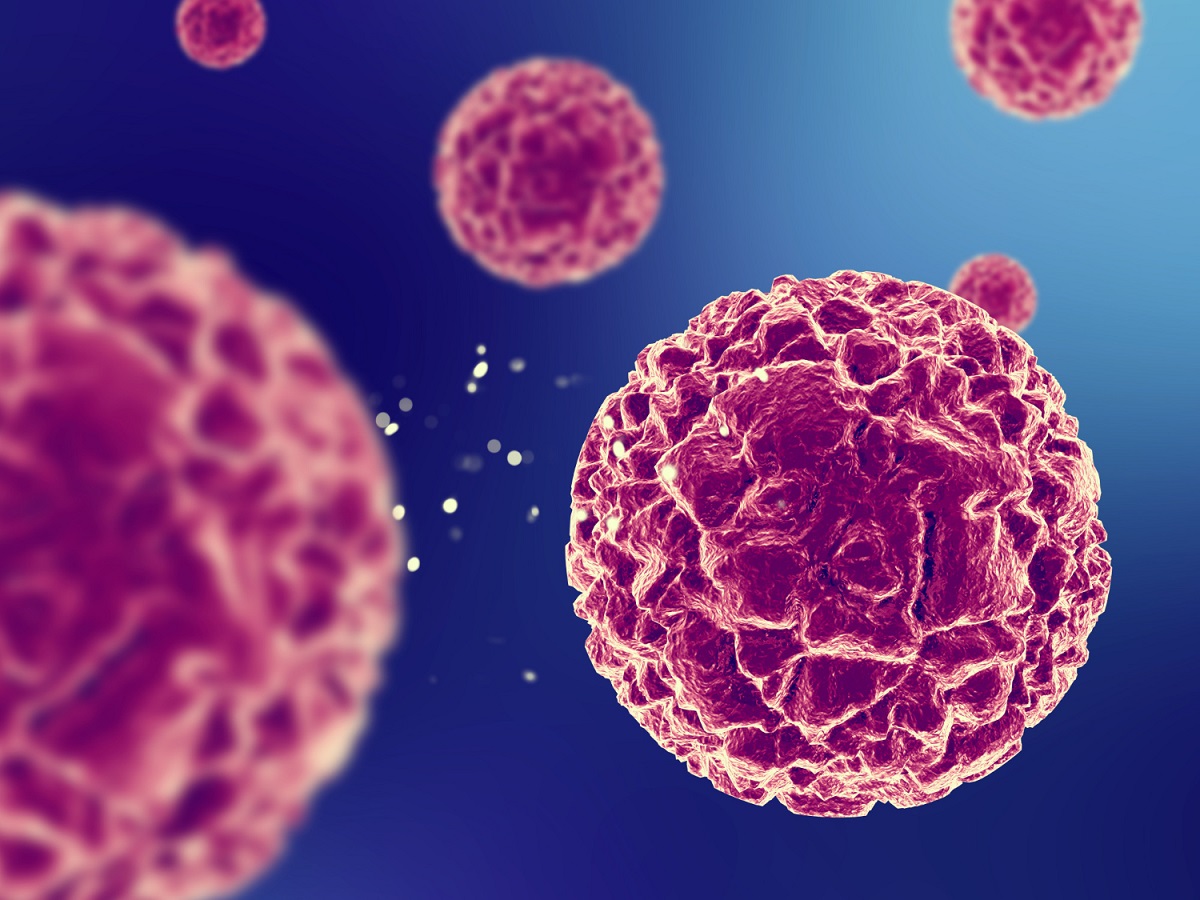KEY TAKEAWAYS
- The BelaRd phase I/II trial aimed to test belamaf+lenalidomide+dexamethasone (Rd) in transplant-ineligible new myeloma patients, building on BCMA-targeting and preclinical synergy to improve outcomes potentially.
- The result demonstrated that BelaRd’s flexible belamaf dosing proved safe and effective in fragile new myeloma patients, showing deep responses and emerging as a potential frontline option for this underserved group.
New myeloma patients who can’t get transplants typically start with lenalidomide and dexamethasone(Rd). BelaRd explores adding belamaf, a BCMA-targeting drug effective in later stages, to this combo, leveraging preclinical synergy and non-overlapping side effects for potential benefit.
For a study, researchers aimed to test belamaf+Rd in transplant-ineligible new myeloma patients, building on BCMA-targeting and preclinical synergy to improve outcomes potentially.
The study conducted in Greece aimed to enroll 66 treatment-naive, newly diagnosed multiple myeloma(TI NDMM) patients. This report focussed on Part 1, which assessed the safety and tolerability of three belamaf doses (2.5/1.9/1.4 mg/kg) combined with Rd in 36 patients.
The study also determined the recommended phase 2 dose by the cutoff date 15/04/2023. During this phase, belamaf was initially administered every 8 weeks, and based on toxicity, dosing could be adjusted to every 12 weeks.
In Part 1 of the study involving 36 patients [median age: 72.5 years; male: 19 (53%)] in Part 1, 29 (81%), 81% are still on treatment, and 19% discontinued [6 pts due to belamaf-unrelated fatal events: (COVID-19 infection: 1/1/2; Pneumonia: 1/1/0, for cohorts 2.5/1.9/1.4 respectively); 1 pt withdrew consent]. Median belamaf administrations and cycles reached were 6/7/7 and 18.5/21.5/18.5, respectively.
The most common non-ocular ≥Gr3 treatment-emergent adverse events(TRAEs) (≥10% of patients) included fatigue (21 pts, 58%; [7 (58%)/7 (58%)/7 (58%)]), rash (6 pts, 17%; [2 (17%)/2 (17%)/2 (17%)]), diarrhea (8 pts, 22%; 2 (17%)/3 (25%)/3 (25%)]), insomnia(4 pts, 11%; 0/4 (33%)/0]), and COVID-19 infection (5 pts, 14%; [2 (17%)/1 (8%)/2 (17%)]). No ≥Gr3 thrombocytopenias or infusion-related reactions were reported. ≥Gr3 non-COVID infections, specifically pneumonia, were reported in 8% of patients [1 (8%)/1 (8%)/1 (8%)].
In cohorts 2.5/1.9/1.4, among 201/227/192 best corrected visual acuity (BCVA) assessments, worse than 20/50 results (in the better-seeing eye) were observed in 10%/10%/9%, while BCVA ≤20/200 was noted in 1%/1%/6%. The overall response rate(ORR) was 100% across all cohorts, with CR or better achieved in 50%/33%/42%, VGPR in 25%/58%/33%, and PR in 25%/8%/25% of patients. The median time to first response was 1 month. Over a median follow-up of 18.7 months, no disease progression was observed.
The result demonstrated that BelaRd’s flexible belamaf dosing proves safe and effective in fragile new myeloma patients, showing deep responses and emerging as a potential frontline option for this underserved group.
Clinical Trial: https://clinicaltrials.gov/study/NCT04808037
Terpos E. Safety and Clinical Activity of Belantamab Mafodotin plus Lenalidomide and Dexamethasone in Transplant Ineligible Patients with Newly Diagnosed Multiple Myeloma: The Phase 1/2 BelaRd Study.



